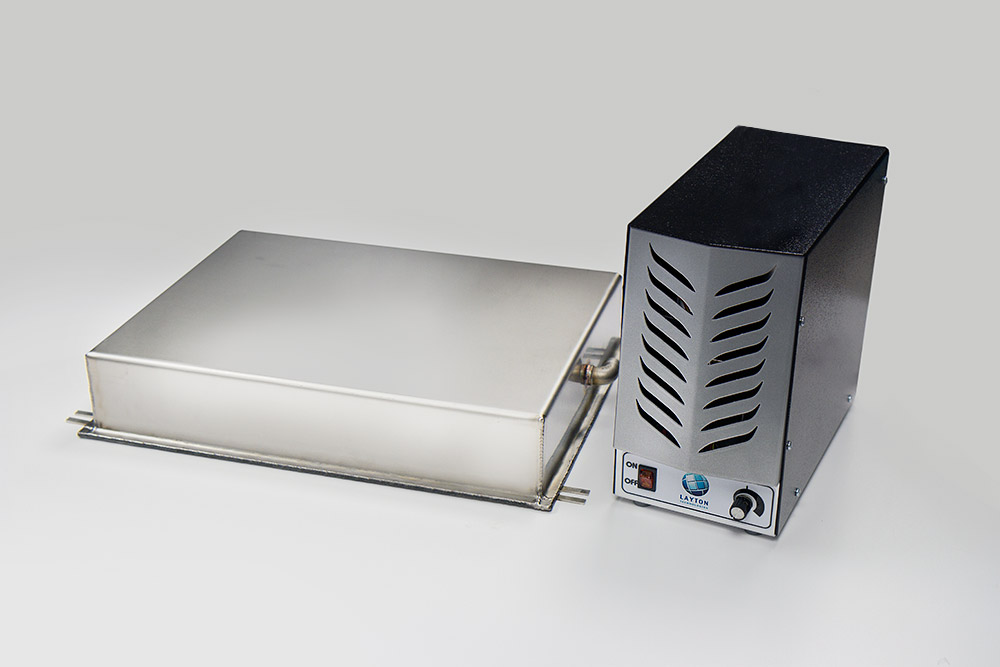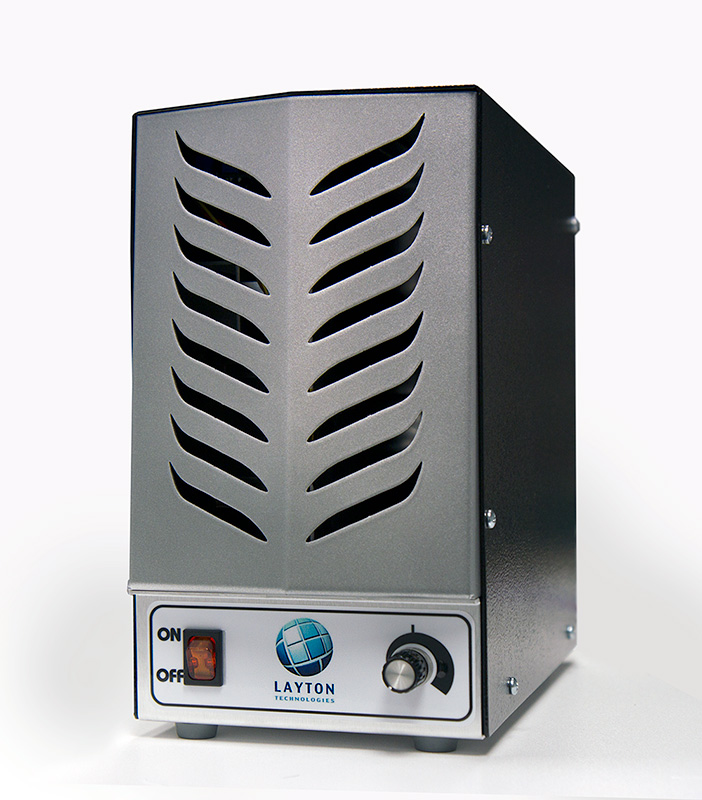Introduction to Ultrasonic Cleaning
Ultrasonic cleaning energy exists in a liquid as alternate rarefaction’s and compressions of the liquid. During rarefaction, small vacuum cavities are formed which collapse, or implode, during compression. This continuing rapid process, called cavitation, is responsible for the scrubbing effect, which produces ultrasonic cleaning. Three factors affecting the scrubbing action are the degree of liquid degassed, the ultrasonic frequency and the chemical characteristics of the liquid at specific temperatures.

Degassing is the removal of unwanted air from the liquid. As the cavities form, they fill with air, forming bubbles, which resist collapse and tend to remain suspended in the liquid. These bubbles act as ‘ shock absorbers ‘ which materially reduce cleaning efficiency. The amount of air can be reduced by periodically switching off, or modulating, the sound energy to permit adjacent bubbles to coalesce, float to the surface, and escape. The type of modulation is important, for the correct balance between degassing and cleaning efficiency must be selected for each ultrasonic cleaning application.
Frequency affects ultrasonic cleaning efficiency by determining the cavity size. Low frequencies generate large but relatively few cavities with high cleaning power. High frequencies generate a great number of small cavities with good penetrating capability. The selection of the correct frequency is difficult, for it varies with each cleaning application. The frequency also affects degassing, with 40 kHz nearly optimum.
Cleaning efficiency is also effected by the chemical and physical characteristics of the liquid. For best cleaning, the liquid must chemically soften the soil, yet maintain effective cavitation and provide the desired characteristics for rinsing and drying the cleaned parts. Ultrasonic cleaning solutions are broadly characterised as aqueous or non-aqueous. Final selection is dependent upon the overall process considerations for the cleaning application.
The ultrasonic energy is created within a liquid by means of transducers which convert electrical energy into acoustic energy.
These transducers are similar in function to a radio speaker except they function at ultrasonic frequencies (40,000 Hz) and transmit acoustic energy to a liquid rather than air. The transducers consist of vibrating elements (piezoelectric disc) bolted between thick metal plates. The transducers are bonded to the under side of the active face of the tank containing the cleaning liquid or can be encased in stainless steel for immersion within a liquid. For reliability, many transducer modules are uniformly distributed over the tank base rather than having a single transducer in the centre of the tank working very hard. An electronic generator energises the transducers. The generator transforms the electrical energy from the wall outlet into a suitable electrical form for efficiently energising the transducers at the desired frequencies. All ultrasonic cleaning systems consist of the four fundamental components of transducer, generator, container for liquid and cleaning liquid.
The performance and reliability of the system depends on the design and construction of the transducers and generators. The overall effectiveness of the cleaning is dependent on the cleaning liquid. The size of the tank is dependent upon the size or quantity of the parts being cleaned. The number of transducers and generators is determined by the tank size. The choice of cleaning liquid depends upon the parts being cleaned and contaminants to be removed.

